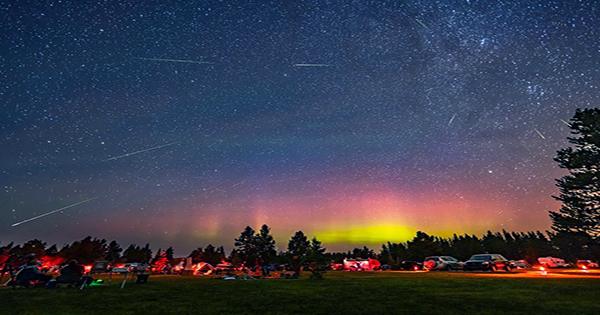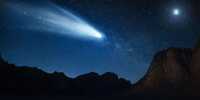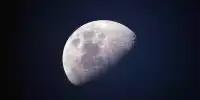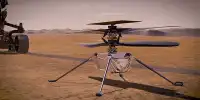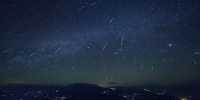Every year, between July and August, the comet 109p / Swift-Tuttle’s impact hits the Earth’s wreckage, giving us the most active meteor shower in the Northern Hemisphere.
This week, we’re cultivating through the densest part of the comet’s current, which means we’re at the top of the shooting star – and 2021 is a special year for the new moon. Meteors are called shooting stars because of the light flashes caused by dust and rock fragments as the Earth moves through the comet’s tail – small particles of air – burning in the atmosphere.
On any given night, the Stargazers can expect to see about two meteors per hour. Perseids (Par-C-ID) lasts from July 16 to August 23, so you’re more likely to catch a shooting across the sky, but at its peak – August 11-13 this year – you can see an incredible 60 – 100 per hour Meteor. The meteor shower is named after the star from which it is seen, the star of Perseus. In reality, they are visible from all sides of the sky so you don’t have to look in any specific direction – just above.
You also need a good dark sky so that no bright moon comes. Fortunately, the new moon of August was August 8th, which means it will not interfere with the shower and the sky should be dark and clear in the middle. If you want, you can see any time Moonrise in your area here. Perseids often leave endless trains and usually increase in number as the night progresses, with most meteors seen in the hours before dawn. You do not need any special equipment to see the shower. In fact, the telescope is the last thing you want because you don’t want to focus on one part of the sky.
Like any meteor shower, the brighter the light you stay, the better. Your eyes should be allowed to get used to the darkness, this should be done for about 15 minutes. We recommend lawn chairs and blankets; Feel free, we should have a good show. As a failed safety, you can always watch the NASA Shower live stream from the Alabama Marshall Flight Center starting August 11th.
